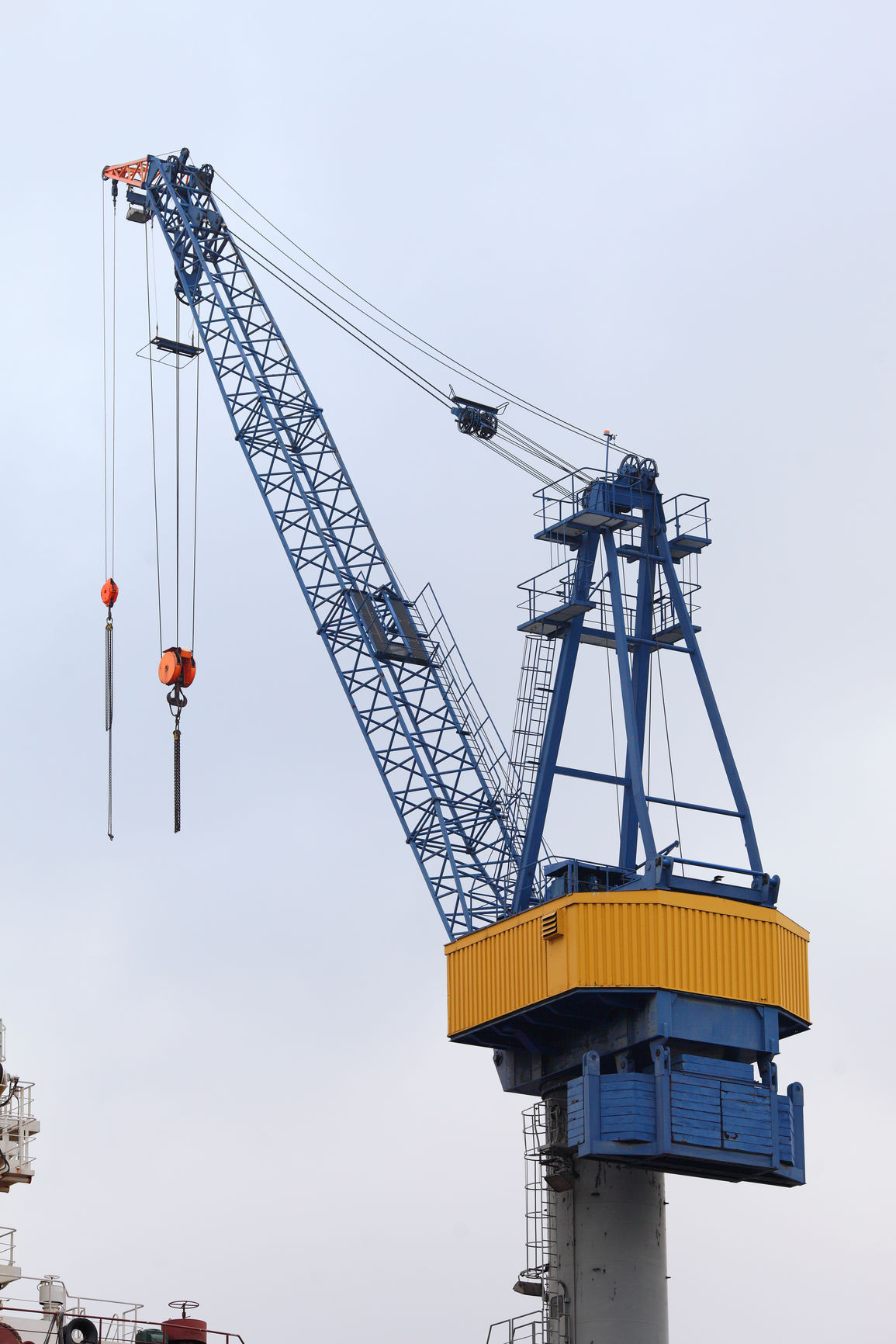Dangerous Goods (DG) are materials with hazardous properties (commonly abbreviated as ‘hazmat’).
If they’re not controlled properly, DGs present a potential hazard to human health and safety, infrastructure, and means of transport – and so they’re are often subject to chemical regulations.
These goods can contain materials that are radioactive, toxic, biohazards, corrosive, or explosive. Compressed gases and liquids also fall under this category.
The Nine Classes of Dangerous Goods
- Explosives – such as TNT, dynamite, nitroglycerine, materials with mass explosion, blast, or fire hazards.
- Gases – such as hydrogen, propane, acetylene, and non-flammable gases like nitrogen and carbon dioxide. This class also contains poisonous gases such as fluorine, chlorine, and hydrogen cyanide.
- Flammable liquids – such as materials with low boiling points (35°C or less); or gasoline/petrol, kerosene, or diesel.
- Flammable solids – such as easily combustible substances like magnesium; safety matches; solid substances that ignite spontaneously like white phosphorus; or substances that are dangerous when wet, such as sodium, calcium and potassium.
- Oxidizing agents and organic peroxides – such as hydrogen peroxide, ammonium nitrate, benzoyl peroxide.
- Toxic and infectious substances – such as potassium cyanide, pesticides, methylene chloride.
- Radioactive substances – containing uranium or plutonium.
- Corrosive substances – such as hydrochloric acid, sulfuric acid.
- Miscellaneous – asbestos, chemical air-bed inflators, self inflating life rafts, dry ice.

